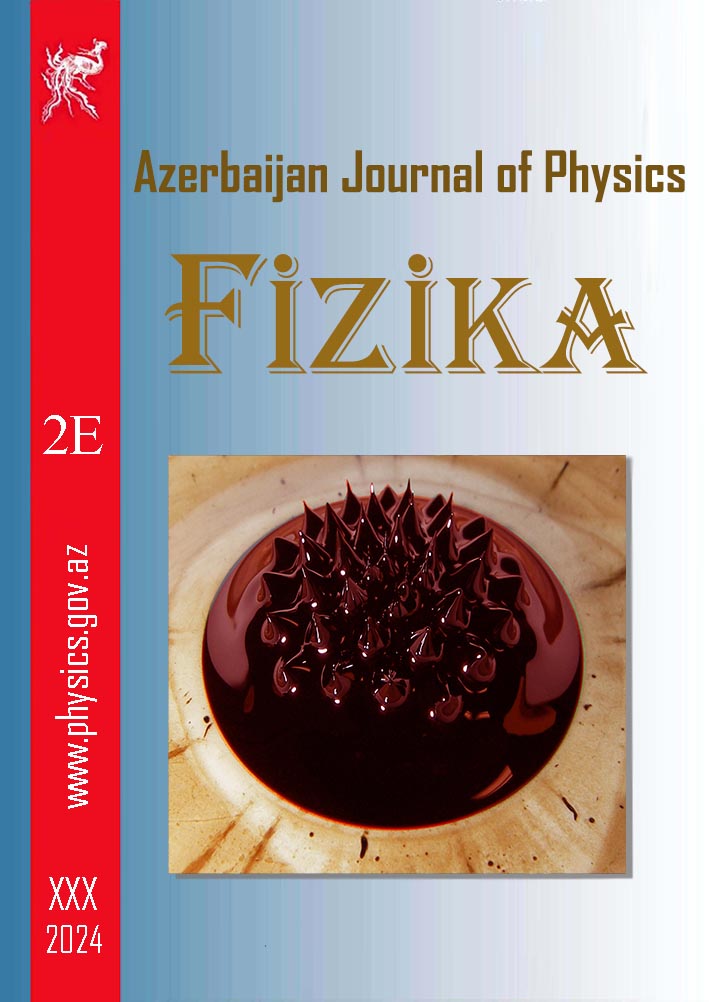ABSTRACT
An excellent utilization amount of fossil vigor has led to the crisis of energy as well as the surroundings. Thus, it is an immediate duty to research renewable scavenging
energy to dissolve these issues. Among them, solar energy is reliable to be the most promising renewable energy resource due to its fascinating properties such as being
inexhaustible and environmentally friendly. the growth of solar cells is already in the third stage, and investigation focuses contain dye-sensitized solar cells.
Dye-sensitized solar cells make use of a similar sense, and light to electric power transformation efficiencies above 10% have been reached with DSCs. Quantum
dots-sensitized solar cells have been broadly investigated and display promise for the improvement of the subsequent generation of energy, due to the specifications of
small expense, environmental defense, and better theoretic vigor transformation efficiency. Quantum dot-sensitized solar cells (QDSCs) have appeared as a promising
candidate for subsequent-generation solar cells due to the preferable optoelectronic aspects of quantum dot (QD) light-harvesting materials, such as high light, thermic,
and moisture consistency, high absorption coefficient and solution processability as well as their easy construction and low-cost accessibility.
Keywords: Dye-Sensitized Solar Cells, Solar Cells, Quantum dots, Renewable energy, solar energy
PACS: 65.80 Ck 61.48 Gh 63.37 Hk
Received: 28.04.2022
AUTHORS & AFFILIATIONS
1. Institute of Physic of Azerbaijan National Academy of Science, AZ-1143, 131, H. Javid ave., Baku, Azerbaijan
2. Institute of Physics & Electronic of Khazar University (Neftchilar Campus), AZ-1096, Khazar University 41 Mahsati Str., Baku, Azerbaijan
E-mail Corresponding author: emdadi.babak2021@khazar.org
|
REFERENCIES
[1] T. Suhasini, P.M. Reddy, & C.R.G. Reddy. 2020. A Review of Quantum Dots and Its Applications.
[2] L.D. Field, S.A. Walper, K. Susumu, G. Lasarte-Aragones, Oh.E. Medintz, I. L. & J.B. Delehanty. 2018. A quantum dot-protein bioconjugate that provides for extracellular control of intracellular drug release. Bioconjugate Chemistry, 29, 7, 2455-2467.
[3] Q. Duan, Y. Ma, M. Che, B. Zhang, Y. Zhang, Y. Li, ... & S. Sang. 2019. Fluorescent carbon dots as carriers for intracellular doxorubicin delivery and track. Journal of Drug Delivery Science and Technology, 49, 527-533.
[4] U. Badıllı, F. Mollarasouli, N.K. Bakirhan, Y. Ozkan & S.A. Ozkan. 2020. Role of quantum dots in pharmaceutical and biomedical analysis, and its application in drug delivery. TrAC Trends in Analytical Chemistry, 131, 116013.
[5] M.C. Dos Santos, W.R. Algar, I.L. Medintz & N. Hildebrandt. 2020. Quantum dots for Förster resonance energy transfer (FRET). TrAC Trends in Analytical Chemistry, 125, 115819.
[6] D.K. Pandurangan, & K.S. Mounika. 2012. Quantum dot aptamers-an emerging technology with wide scope in pharmacy. International Journal of Pharmacy and Pharmaceutical Sciences, 4(3), 24-31.
[7] U. Badıllı, F. Mollarasouli, N.K. Bakirhan, Y. Ozkan & S.A. Ozkan. 2020. Role of quantum dots in pharmaceutical and biomedical analysis, and its application in drug delivery. TrAC Trends in Analytical Chemistry, 131, 116013.
[8] M. Gratzel. Nature, 414 (2001), p. 338-344.
[9] P.V. Kamat, K Tvrdy, D.R Baker, and Radich, J.G, Chem. Rev. Forum vol. 110 (2010), p. 6664-6688.
[10] I Mora-Sero, J. Bisquert. J Phys. Chem. Lett. Forum vol. 1 (2010), p. 3046-3052.
[11] J. Tian & G. Cao. (2013). Semiconductor quantum dot-sensitized solar cells. Nano reviews, 4(1), 22578.
[12] M. Graetzel. Acc. Chem. Res., 2009, 42, 1788–1798.
[13] Y.J. Cheng, S.H. Yang and C.S. Hsu. Chem. Rev., 2009, 109, 5868–5923.
[14] S. Guenes, H. Neugebauer and N.S. Sariciftci. Chem. Rev., 2007, 107, 1324–1338.
[15] G.H. Carey, A.L. Abdelhady, Z. Ning, S.M. Thon, O.M. Bakr and E.H. Sargent. Chem. Rev., 2015, 115, 12732–12763.
[16] A.J. Nozik, M.C. Beard, J.M. Luther, M. Law, R.J. Ellingson and J.C. Johnson. Chem. Rev., 2010, 110, 6873–6890.
[17] A. Kojima, K. Teshima, Y. Shirai and T. Miyasaka, J. Am. Chem. Soc., 2009, 131, 6050–6051.
[18] G. Hodes. Science, 2013, 342, 317–318.
[19] M.M. Lee, J. Teuscher, T. Miyasaka, T. N. Murakami and H.J. Snaith. Science, 2012, 338, 643–647.
[20] A. Hagfeldt, G. Boschloo, L. Sun, L. Kloo and H. Pettersson. Chem. Rev., 2010, 110, 6595–6663.
[21] I. J. Kramer and E. H. Sargent. ACS Nano, 2011, 5, 8506–8514.
[22] P.V. Kamat, K. Tvrdy, D.R. Baker and J.G. Radich. Chem. Rev., 2010, 110, 6664–6688.
[23] I.J. Kramer and E.H. Sargent. Chem. Rev., 2014, 114, 863–882.
[24] R.E. Smalley. Abstr. Paper Am. Chem. Soc., 2003, 226, U24
[25] J. Wu, Z. Lan, J. Lin, M. Huang, Y. Huang, L. Fan and G. Luo. Chem. Rev., 2015, 115, 2136–2173.
[26] J. Wu, Z. Lan, J. Lin, M. Huang, Y. Huang, L. Fan, G. Luo, Y. Lin, Y. Xie and Y. Wei. Chem. Soc. Rev., 2017, 46, 5975–6023.
[27] D. Wei. 2010. Dye-sensitized solar cells. International journal of molecular sciences, 11(3), 1103-1113.
[28] M. Ye, X. Wen, M. Wang, J. Iocozzia, N. Zhang, C. Lin, & Z. Lin. 2015. Recent advances in dye-sensitized solar cells: from photoanodes, sensitizers and electrolytes to counter electrodes. Materials Today, 18(3), 155-162.
[29] Z. Pan, H. Rao, I. Mora-Seró, J. Bisquert & X. Zhong. 2018. Quantum dot-sensitized solar cells. Chemical Society Reviews, 47(20), 7659-7702.
[30] S. Rühle, M. Shalom, & A. Zaban. 2010. Quantum-dot-sensitized solar cells. ChemPhysChem, 11(11), 2290-2304.
|
